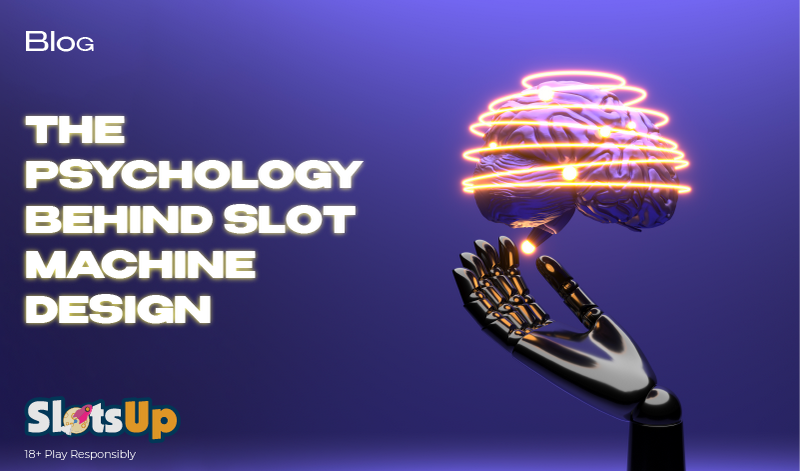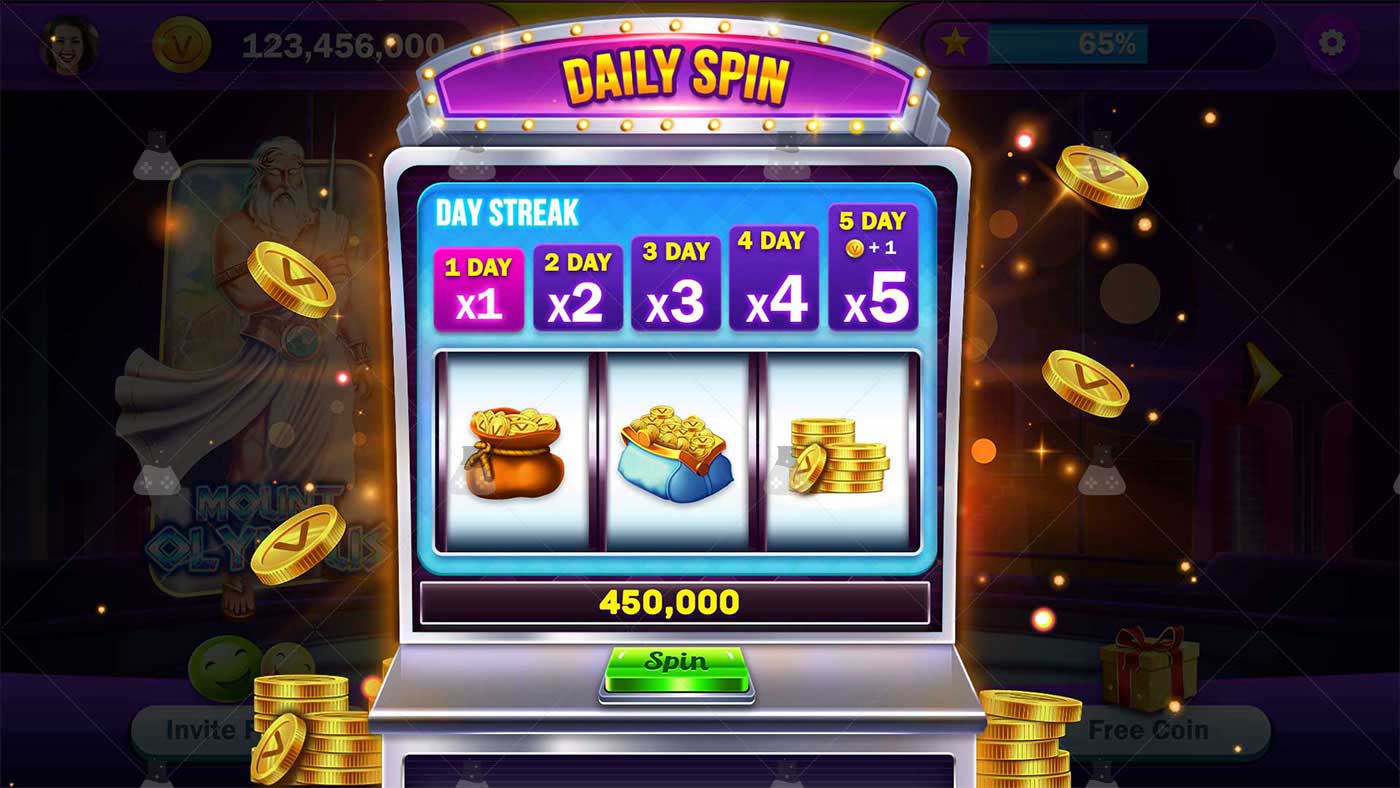
The Psychology Behind Slot Machine Design
Slot machines, with their bright lights and catchy sounds, are a significant part of the gaming world. They grab many people’s attention with their charm. But they’re not just simple luck games – today’s versions give a thrilling experience with eye-catching visuals, captivating music, and intriguing stories. Slot machine design cleverly uses technology and art to keep players entertained for hours on end. Keep reading to discover how psychology plays into the slot machine design and why it attracts gamers successfully.
The Components of Slot Design
Slot machines are brilliantly made with a range of design features. Here’s a short overview of these key parts:
- Reels, Symbols, and Paylines. The visual heart lies in its reels and symbols. Typically ranging from three to five reels, each is adorned with various symbols, from traditional fruits to thematic representations. Every spin is a spectacle, a new combination of colors and shapes that engage the eye and stoke the player’s curiosity.
- Sound and Music. Beyond the eye-catching visuals, the ears are treated to a dynamic soundscape. The exciting noises with every game spin, the intense silence of waiting for an outcome, and the victorious music when winning all help create a fun environment that keeps players interested and entertained.
- Themes and Storytelling. Slots today often embrace vibrant themes and captivating narratives. These could range from a daring adventure in an ancient civilization to a treasure hunt in a fantasy world or a voyage through the cosmos. Such themes add depth to the gameplay and invite the player to be a part of an unfolding story.
Together, these elements shape the enchanting realm of slot machine gameplay. This well-thought-out mix creates a captivating and engaging experience that helps keep players hooked and encourages them to return for more.
The Function of Rewards and Payouts

Delving deeper into the psychology behind slot machine design, I found myself in the realm of rewards and payouts. These aren’t random parts but purposely arranged pieces that powerfully influence how players act and increase the attractiveness of slot machines. Below, I will look at how payouts work in these games.
Randomness and Unpredictability
One of the defining features of slot machines lies in their unpredictability, underpinned by RNGs. These complex algorithms determine the outcome of each spin, ensuring that each game is entirely independent of the last, making it impossible for players or operators to manipulate the result.
When I play a slot, I am exploring the realms of uncertainty, not knowing if the next spin could yield a huge win or a loss. This risk and reward system stimulates the release of dopamine, which induces feelings of pleasure and satisfaction. Therefore, the unpredictable nature can be incredibly compelling, keeping players in the game.
Frequency and Size of Wins
Beyond the uncertainty lies another vital aspect – the frequency and size of the rewards. Game designers carefully balance these two factors to stimulate player motivation and satisfaction. Regular, smaller wins create a feeling of success and keep players engaged, nurturing their belief in a potential big win. Meanwhile, less frequent but larger payouts provide the thrilling prospect of a significant reward.
As the outcome cannot be predicted, this incites curiosity in the players, encouraging them to continue playing with the hope of hitting a big win. The suspense and thrill associated with such uncertain outcomes contribute significantly towards maintaining players’ interest.
Bonus Features and Jackpots
Further enhancing the appeal of slot machines are bonus features and jackpots. Bonus rounds offer a break from the routine spins, providing exciting opportunities for higher wins or free plays.
Similarly, progressive jackpots, where the prize pool increases with each play, are exceptionally enticing. The prospect of winning life-changing sums of money, though statistically remote, fuels players’ dreams and fantasies, extending gameplay sessions and enhancing the overall allure of slot machines.
Gamification Elements
A journey into slot design would be incomplete without discussing the role of gamification. More than just a game of chance, modern titles incorporate several elements to enhance player engagement and loyalty. This intersection of gaming and gambling creates a richer, more immersive experience.
1. Leveling Up and Progression Systems
Similar to the rewarding experiences offered in popular video games, slots increasingly employ systems that reward progress. As players spend more time on a machine, they might ‘level up,’ unlocking new features or games, creating a sense of personal achievement and giving players clear goals to strive for.
Leveling systems introduce a sense of individual advancement and personal narrative, making the gameplay more compelling. Players aren’t just spinning reels but progressing in a game where they can see tangible evidence of their growth and advancement.
2. Achievements and Rewards
Unlocking achievements and obtaining rewards provide another degree of involvement for gamers. By gaining medallions or other incentives after attaining designated goals, like spinning a specific amount of times or succeeding at defined combinations, participants are offered additional motivation to carry on playing.
With enticing bonuses and incentives, gamers are enlivened with an upsurge of accomplishment that can boost pleasure, enhance retention figures of players, as well as invigorate them to reach greater degrees within their gaming session. This personal narrative cultivates a strong emotional affiliation to the game.
3. Social Interactions and Community Features
The appeal of slot machines isn’t just about the solitary experience. Many modern machines incorporate social features, such as leaderboards or multiplayer options, amplifying player engagement. Leaderboards enable players to compare their success with others, fostering a sense of competition.
Similarly, multiplayer slots allow players to compete against or cooperate with other players in real time. These social interactions add a new dimension to slot machine play, making it a more communal, competitive, and engaging experience.
Measures to Protect Gamblers

While the thrills of slot machines captivate many, it’s paramount to consider the balance between enjoyment and responsible gambling. To protect players, the gambling industry has introduced several tools and features designed to encourage responsible behavior:
- Deposit Limits. A tool that enables gamblers to restrict the amount they can deposit over a certain period, promoting financial responsibility.
- Self-exclusion. This option temporarily blocks users from gambling, helping control potential addictive behaviors.
- Reality Checks. Periodic reminders of how long a player has been engaged with a machine encourage mindful gaming habits.
- Loss Limits. These allow gamblers to set a maximum loss amount, preventing further betting once the limit is reached.
- Session Limits. A feature that restricts a duration can continuously use a slot machine, fostering healthier gaming habits.
Equally important is the provision of accurate information to players. Transparency about the odds of winning, explanations about random number generators, and clear instructions on using responsible gambling tools are essential. Such measures help users make informed decisions, enhancing their understanding of the gameplay and fostering responsible gambling habits.
By providing these tools and promoting player education, the gambling industry can ensure that the thrilling experience offered by slot machines does not overshadow the players’ well-being. The aim is to ensure that slot machine enjoyment remains just that – an enjoyable pastime, not a risky gamble with personal well-being.
Ethical Considerations in Game Development
As I delve further into slot machine design, a critical juncture is reached where I must address the ethical considerations underpinning this domain. Among these, the design elements known as ‘near misses’ and ‘losses disguised as wins’ (LDWs) raise significant ethical questions.
‘Near misses’ occur when the outcome of a spin appears almost to deliver a substantial win, often just one symbol short. This can cultivate a heightened sense of expectation, instilling a belief in players that a big win is imminent. The psychological impact of this can encourage continuous play, even amidst recurring losses.
LDWs, on the other hand, present situations where players receive less than their original bet, but the event is still celebrated with a fanfare of lights and sounds. The result is a distorted perception where losses might be perceived as wins, thus creating potential misconceptions about actual win probabilities.
At the same time, the need for ethical standards and responsible design practices is growing in importance within the industry. Both game creators and regulatory bodies are now dedicated to improving openness, showing true chances of winning accurately, and adding responsible gambling features. Plus, more academic studies are being done to reduce the possible harm of these games. This highlights why it’s so essential to consider ethics when designing a game.
As the industry strives for ethical transparency, it reinforces the crucial balance between maintaining excitement and thrill and safeguarding players from potential harm. In doing so, the joy of playing slot machines can be preserved as entertainment rather than a risk to personal well-being.
Conclusion
The configuration of slot machines entails far more complex considerations beyond their appearance. They cleverly incorporate psychological elements like captivating visuals, intriguing plots, payouts, and community involvement in order to steer players’ attention. However, amidst the excitement, it’s vital to understand and consider the impact of these elements on our behavior. With tools promoting responsible gambling and transparency, I can approach these machines more consciously. Continue exploring the psychology of gambling.






